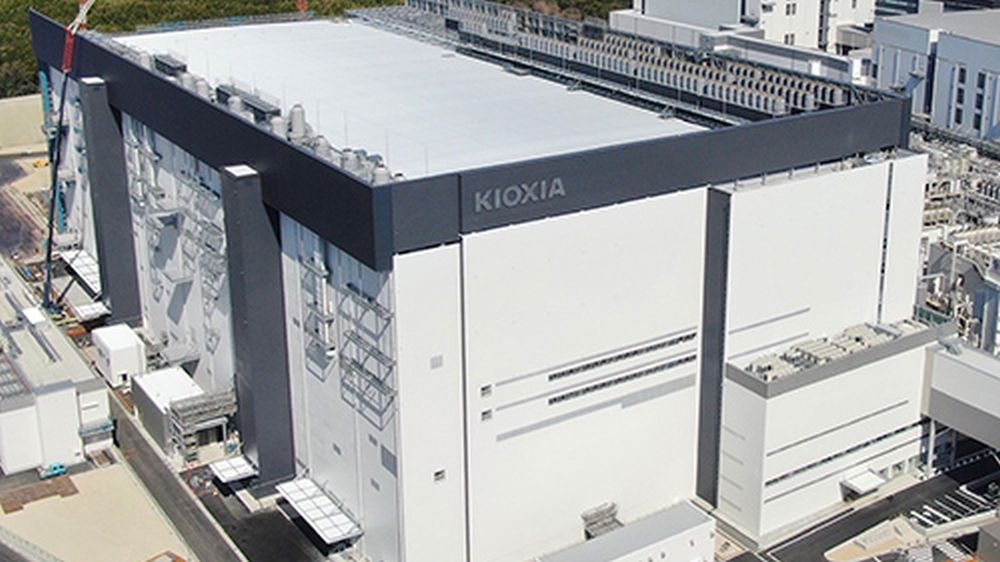He GSMA's Mobile Net Zero 2024 report highlights regional leaders in reducing carbon emissions since 2019, led by a 50% reduction in Europe. Operator emissions have fallen despite growing demand for connectivity and data, thanks to advances in energy efficiency and renewable energy.
February 27, Barcelona: Carbon emissions of mobile network operators[1] fell 6% globally between 2019-2022, according to the GSMA's fourth Mobile Net Zero report, published today at MWC Barcelona.
Report reveals regional variations in operational emissions reductions[2], with Europe leading the way with a 50% reduction. In North America, Latin America, the Middle East and North Africa, emissions fell by 20% to 30%. Although operational emissions increased in Greater China and Asia-Pacific (the world's largest and second-largest mobile markets, respectively), overall global emissions decreased, despite growing data use.
Achieving the mobile sector's goal of reaching net zero emissions by 2050 depends on the industry reducing its emissions to 45% below 2020 levels by 2030. This means that total emissions, including scope 1, 2 and 3, they should fall around 7% per year. until 2030.
Recent developments show that this is possible, as the target reduction rate has been exceeded in the last three years for operational emissions in Europe, North America, Latin America and MENA. The report notes that improved data and additional analysis are needed to better understand 'Scope 3' trends, which relate to emissions from operators' supply chains.
Advances in energy efficiency and renewable energies
According to the analysis, operational emissions decreased despite growing demand for data and connectivity: the number of mobile connections globally increased by 7% between 2019 and 2022, while Internet traffic more than doubled. The industry's carbon reductions were largely driven by strong advances in energy efficiency and renewable energy use.
More than half of the reported emissions drop in 2022 was due to improved energy efficiency efforts in networks, data centers and offices, as well as the electrification of fleets and generators. GSMA Intelligence's Energy Efficiency Benchmarking project, in collaboration with 17 operator groups worldwide, aims to generate more data in this crucial area, quantifying network energy consumption, efficiency levels and fuel sources.
Meanwhile, renewable energy accounted for 33% of the electricity purchased by operators reporting to CDP in 2022, up from 14% in 2019. The report showed that operators purchased a combined total of 50 TWh of renewable electricity in 2022, equivalent to Qatar's annual electricity demand. or Singapore, almost doubling its purchases compared to 2019. Without these purchases, it is estimated that operational carbon emissions would have been 15 million tons higher in 2022.
Accelerate progress towards net zero emissions
Getting the entire industry to net zero emissions by 2050 will require strong, concerted action from the industry, backed by supportive policies and investments from governments. The report concludes by providing key recommendations and action points for operators, their suppliers and policymakers to accelerate progress on climate action.
For operators and suppliers, the biggest opportunities are in energy efficiency, renewable energy and improving the circularity of supply chains and materials in the ecosystem. Meanwhile, governments can play a key facilitating role in these areas by implementing strong climate policies and ensuring that energy markets and regulations encourage investment in renewable energy and networks.
John Giusti, Chief Regulatory Officer, GSMA, said: “The evidence shows that the mobile industry's commitment to net zero emissions by 2050 is paying off. Despite growing demand for connectivity and data, operators' overall carbon emissions continued to fall. While we see Europe's strongest head start in the race to net zero and encouraging progress in the Americas and MENA, this is a race everyone must win, or else we all lose. We see what is possible when there is an emphasis on energy efficiency and access to renewable energy.
We call for a deeper commitment from governments to support the mobile industry in accelerating decarbonisation, with a concerted focus on encouraging investment in renewable energy, as the lack of access to renewable energy in some regions creates a barrier to “for operators to continue their journey towards net zero.”
Other key findings:
- Eight operators submitted new short-term science targets to the Science-Based Targets Initiative (SBTi) over the past year, bringing the total to 70 operators, almost half of global mobile connections. Additionally, 53 operators have committed to achieving longer-term net zero targets.
- An increasing number of operators are publicly disclosing their climate impacts: 70 operators did so to the CDP in 2023, compared to 67 operators in 2022.
- The quality of disclosures has also improved, with a record 19 operators on CDP's A List in 2023. This means that more than a quarter of operators that disclosed information to CDP received an A, compared to just 1 .5% of all companies that disclosed information to CDP in 2023.
- Three-quarters of the mobile industry's total carbon emissions are Scope 3 value chain emissions, 90% of which originate from just five categories: purchased goods and services; equipment goods; activities related to fuels and energy; use of products sold; and investments.
- Increasing the circularity of mobile phones and network equipment is critical to reducing these Scope 3 emissions. To this end, the GSMA announced two new circularity targets in June 2023 to reduce the environmental impact of mobile phones by boosting their circularity. through reuse, renewal and recycling. As of January 2024, 15 operators have adhered to the new objectives, representing one billion mobile connections.
– ENDS –
About the GSMA
The GSMA is a global organization that unifies the mobile ecosystem to discover, develop and deliver critical innovation for positive business environments and social change. Our vision is to unlock the full power of connectivity so that people, industry and society thrive. Representing mobile operators and organizations across the mobile ecosystem and adjacent industries, the GSMA offers its members three broad pillars: connectivity for good, industry services and solutions, and outreach. This activity includes advancing policy, addressing today's biggest societal challenges, supporting the technology and interoperability that make mobile devices work, and providing the world's largest platform to convene the mobile ecosystem at the MWC and M360 series of events.
We invite you to learn more at gsma.com
[1] The analysis is based on climate and energy-related data released by operators covering more than 80% of mobile connections globally.
[2] Operational emissions refer to Scope 1 and 2 market-based emissions and exclude Scope 3 value chain emissions. For an explanation of emission scopes, see the GSMA Climate Action Handbook.








